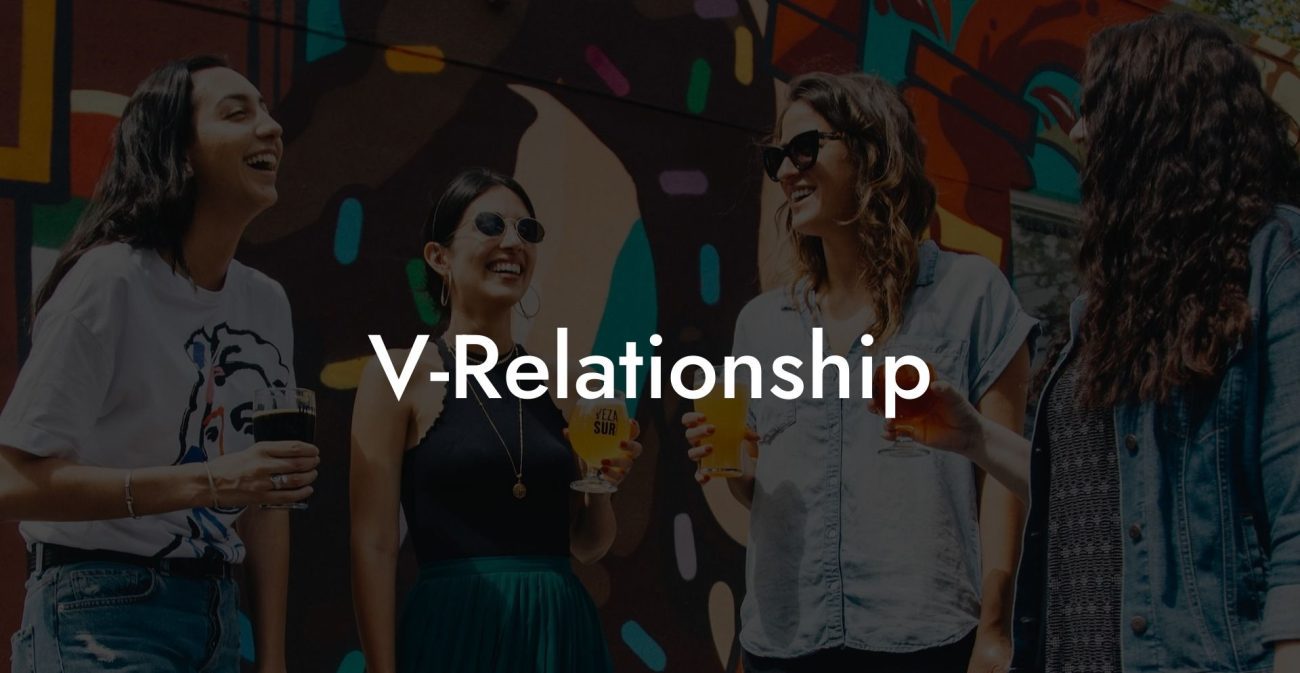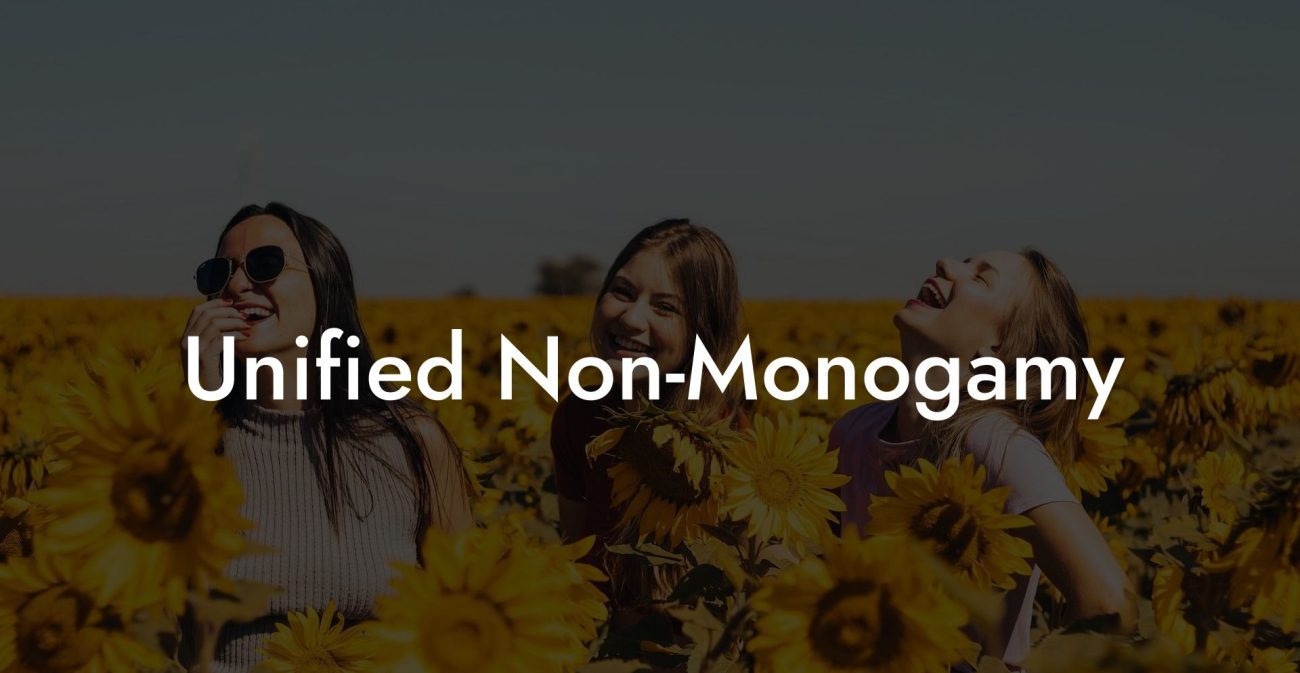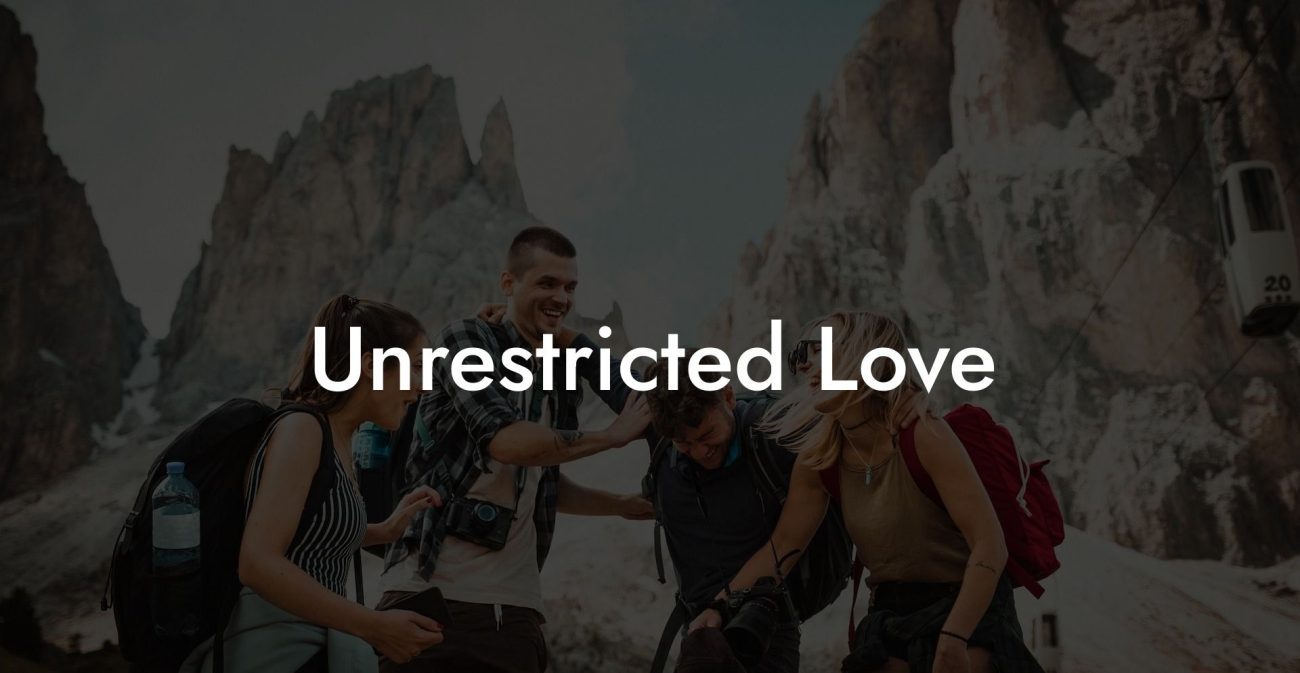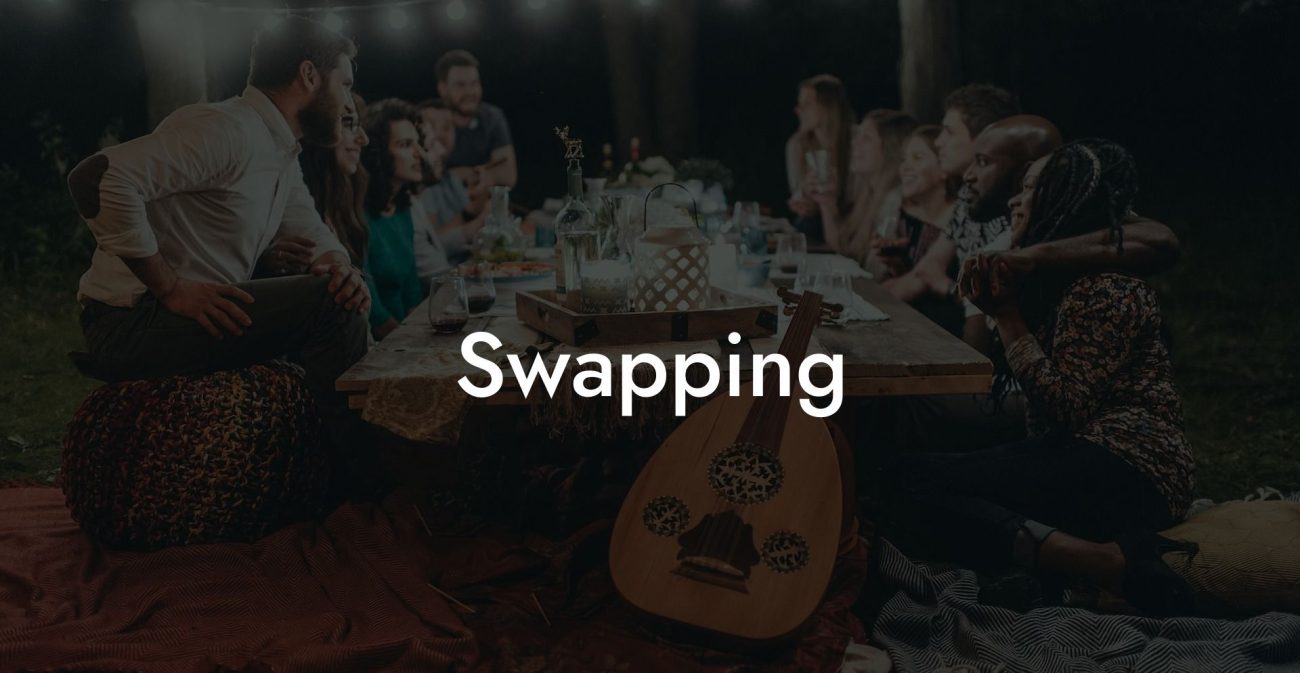Romantic Web

Imagine a sprawling network of hearts intricately linked like a complex spiderweb, each strand representing a unique relationship, and every intersection a point of shared connection. Welcome to Romantic Web, a transformative concept in ethical non monogamy that redefines intimacy as a dynamic, interconnected system. In this model, love is not limited to linear connections or isolated bonds; instead, it weaves together multiple partnerships into an expansive, supportive network. Whether you’re nurturing deep romantic bonds, exploring new connections, or maintaining a diverse tapestry of relationships, Romantic Web encourages you to see your love life as a living ecosystem where every connection enhances the whole.
Quick Links to Useful Sections
- The Ethical Non Monogamy Term: Romantic Web
- What Is the Romantic Web?
- Core Principles of the Romantic Web
- A Quick Video Explanation
- Historical and Cultural Perspectives on Romantic Web
- From Isolated Bonds to Interwoven Connections
- Cultural Shifts in Modern Relationship Models
- Everyday Dynamics of the Romantic Web
- Building Your Network of Connection
- Maintaining Open Dialogue and Adaptive Boundaries
- Benefits of Embracing the Romantic Web
- Deepened Emotional Resilience and Support
- Increased Personal Growth and Empowerment
- Improved Communication and Conflict Resolution
- Collective Resilience and Community Empowerment
- Challenges of the Romantic Web
- Managing Complex Emotional Interconnections
- Balancing Personal Autonomy with Collective Dependence
- Adapting to Continuous Change
- Navigating External Judgment and Societal Norms
- Frequently Asked Questions (FAQ)
- Resources and Community Support: Your Next Steps
The Ethical Non Monogamy Term: Romantic Web
What Is the Romantic Web?
The Romantic Web is a framework that views your relationships as interconnected nodes, forming a network where each partner and every connection is part of a larger, complex structure. Unlike traditional models that prioritize exclusivity or linear progression, the Romantic Web emphasizes the synergy and mutual influence of multiple relationships. In this model, every relationship, whether it is a passionate romance, a casual affair, or a deep long-term bond, acts as a strand in the web, contributing to the overall strength, beauty, and resilience of your love life.
In practical terms, the Romantic Web encourages you to build relationships that are flexible, adaptive, and interdependent. It challenges the notion that love is finite or compartmentalized, inviting you instead to embrace a more fluid and inclusive understanding of intimacy. By cultivating open communication, shared support, and mutual empowerment, the Romantic Web allows you to experience love as a vibrant, ever-expanding network.
Core Principles of the Romantic Web
- Interconnectedness: Every relationship is a node that contributes to a larger network. The health of one connection can influence and strengthen others, creating a resilient, supportive system.
- Fluidity and Adaptability: Just as a spider’s web shifts and adjusts to its surroundings, your relationships evolve with time. Embrace changes in emotional dynamics, boundaries, and desires as natural parts of your romantic journey.
- Open Communication: Transparent dialogue is the foundation of a successful Romantic Web. Honest discussions about needs, boundaries, and expectations help keep every strand of the web aligned.
- Mutual Empowerment: Each partner contributes to the collective strength of the network. Celebrating individual growth and shared successes creates a supportive environment where everyone can thrive.
- Inclusive Connection: The Romantic Web values all forms of love, romantic, sexual, platonic, and even spiritual. Every connection, no matter how fleeting or unconventional, adds a unique dimension to your overall emotional landscape.
- Adaptive Boundaries: Recognize that as you grow, your needs and limits may shift. Regularly renegotiate boundaries to ensure that every relationship remains healthy, consensual, and fulfilling.
- Collective Resilience: The strength of the web lies in its interdependence. When one relationship faces challenges, the support of the network can help cushion the impact, promoting collective well-being.
A Quick Video Explanation

Historical and Cultural Perspectives on Romantic Web
From Isolated Bonds to Interwoven Connections
Historically, love and romance were often portrayed as singular, exclusive bonds, a one-to-one connection that was seen as the ultimate goal. monogamy and traditional dating practices dominated cultural narratives, leaving little room for the idea of multiple, interdependent relationships. However, with the advent of the sexual revolution, feminist movements, and the growing visibility of polyamorous practices, people began to challenge these long-held assumptions.
Early non monogamous communities recognized that love is not a zero-sum game. They observed that the quality of one relationship could enhance others, creating a web of support and mutual care. This realization led to the emergence of concepts like the Romantic Web, where every connection was seen as an integral part of a larger, interconnected system of love. Over time, as societal attitudes shifted and diverse relationship models gained legitimacy, the Romantic Web became a powerful metaphor for a more inclusive, resilient approach to intimacy.
Cultural Shifts in Modern Relationship Models
In today’s global and digitally connected society, the idea of the Romantic Web resonates strongly with individuals who value both independence and interdependence. Millennials and Gen-Z, in particular, are drawn to relationship models that reject rigid, traditional norms and instead celebrate fluid, interconnected bonds. The proliferation of social media, online communities, and progressive relationship podcasts has further popularized the idea that love can be expansive and multifaceted.
Modern narratives emphasize that every relationship contributes to the overall tapestry of your emotional life, and that the strength of your love is amplified when connections support and reinforce one another. The Romantic Web is not just a model, it’s a movement toward viewing love as an evolving, collaborative art form that adapts to the complexities of human emotion.
Everyday Dynamics of the Romantic Web
Building Your Network of Connection
Embracing the Romantic Web in your daily life means intentionally cultivating relationships that are both deep and interconnected. It involves:
- Regular Group Gatherings: Organize gatherings, such as dinner parties, group outings, or creative workshops, where all members of your network can interact and support one another.
- Open Check-Ins: Establish a routine of individual and group check-ins to discuss feelings, renegotiate boundaries, and share updates on your emotional journey.
- Shared Creative Projects: Engage in collaborative endeavors, like art projects, writing circles, or community events, that help weave your relationships into a cohesive tapestry.
- Digital Connectivity: Utilize online platforms, group chats, and social media to maintain continuous dialogue, ensuring that even when you’re physically apart, your web remains intact.
Maintaining Open Dialogue and Adaptive Boundaries
Open, honest communication is the lifeblood of the Romantic Web. It ensures that every connection is nurtured and that adaptive boundaries keep your relationships healthy as they evolve.
- Scheduled Conversations: Set regular times for discussions with your partners to review your current agreements, address any concerns, and adjust boundaries as necessary.
- Feedback and Reflection: Encourage each partner to share their perspectives openly, using tools like reflective journaling or digital surveys to gather collective insights.
- Iterative Negotiations: Treat your relationship agreements as living documents, flexible and subject to change as you grow individually and as a network.
Benefits of Embracing the Romantic Web
Deepened Emotional Resilience and Support
One of the most powerful benefits of the Romantic Web is the enhanced resilience that comes from interdependence. When every relationship supports and reinforces the others, you build a network that can weather personal challenges and external pressures.
- Layered Intimacy: The interwoven nature of your connections creates a rich, complex emotional network that deepens with every shared experience.
- Enhanced Support: A robust network of partners provides multiple sources of comfort, advice, and encouragement, ensuring that you are never alone in your journey.
Increased Personal Growth and Empowerment
Viewing love as an interconnected web encourages you to explore your own emotional landscape and expand your capacity for connection. This continuous process of growth and self-discovery empowers you to become a more authentic and resilient individual.
- Self-Awareness: Regular introspection helps you understand your emotional needs, triggers, and aspirations, leading to more fulfilling connections.
- Empowerment Through Collaboration: As every partner contributes to your emotional network, you gain insights from diverse perspectives that enhance your personal growth.
Improved Communication and Conflict Resolution
The proactive, ongoing dialogue that characterizes the Romantic Web fosters more effective communication and conflict resolution. When issues are addressed early and openly, misunderstandings are minimized and trust is strengthened.
- Proactive Check-Ins: Regular discussions help identify potential issues before they escalate into conflicts, ensuring that every connection remains healthy.
- Empathetic Dialogue: Open communication fosters empathy and a willingness to understand differing perspectives, leading to more constructive conflict resolution.
Collective Resilience and Community Empowerment
When you embrace the interconnected nature of the Romantic Web, you become part of a community that thrives on mutual support and shared growth. This collective resilience provides a stable foundation that benefits every member of the network.
- Shared Strength: The diverse support from your network acts as a safety net during challenging times, reinforcing your emotional well-being.
- Unified Progress: As every relationship evolves, the overall network becomes stronger, creating a cycle of collective empowerment and shared learning.
Challenges of the Romantic Web
Managing Complex Emotional Interconnections
With multiple, interdependent relationships, your emotional landscape can become intricate and sometimes overwhelming. Balancing the various threads of connection requires continuous self-reflection and effective communication.
- Tip: Engage in regular self-reflection or journaling to process your feelings and maintain clarity about your emotional needs.
- Tip: Schedule routine group and individual check-ins with your partners to ensure that every strand of the web is nurtured.
Balancing Personal Autonomy with Collective Dependence
In a Romantic Web, it can be challenging to maintain your individual identity while contributing to the collective network. Conflicts may arise when personal desires clash with group expectations.
- Tip: Use open dialogue to negotiate boundaries that honor both your autonomy and the needs of the network.
- Tip: Foster a culture of mutual respect where every partner’s individuality is celebrated within the context of the collective.
Adapting to Continuous Change
As your relationships evolve, the structure of your Romantic Web must adapt. This constant change can sometimes create uncertainty or destabilize established connections.
- Tip: Embrace change as an opportunity for growth and view every adjustment as a natural evolution of your emotional landscape.
- Tip: Regularly revisit and renegotiate your relationship agreements to ensure that they remain aligned with your current needs.
Navigating External Judgment and Societal Norms
Despite progressive cultural shifts, traditional societal expectations may still impose limitations on how the Romantic Web is perceived. External criticism can sometimes lead to self-doubt or pressure to conform.
- Tip: Surround yourself with a supportive community that values diverse and interconnected expressions of love.
- Tip: Focus on your personal growth and the enriching experiences that your network provides, allowing external opinions to recede into the background.
Frequently Asked Questions (FAQ)
1. What is Loving Spectrum in ethical non monogamy?
Loving Spectrum is the concept that love exists as a diverse range of emotional expressions and connections, each contributing a unique "color" to your overall experience of intimacy.
2. How does Loving Spectrum differ from traditional models of love?
Traditional models often promote a singular, exclusive bond, while Loving Spectrum embraces the full range of emotions and relationships, celebrating diversity and fluidity in intimacy.
3. What are the core principles of Loving Spectrum?
Core principles include multiplicity of emotions, fluidity of connection, holistic integration, open communication, adaptive boundaries, mutual empowerment, and inclusivity.
4. How can I practice Loving Spectrum in my daily life?
Practice by engaging in daily self-reflection, maintaining honest dialogues with your partners, creatively expressing your emotions, and being flexible with your relationship boundaries.
5. What benefits does Loving Spectrum offer?
It offers deeper emotional connections, enhanced personal growth, improved communication and conflict resolution, and a resilient, supportive network that adapts to your evolving emotional landscape.
6. What challenges might I face with Loving Spectrum?
Challenges can include managing emotional complexity, balancing individual needs with collective connection, adapting to continuous change, and navigating external judgment or societal pressures.
7. How important is communication in Loving Spectrum?
Communication is crucial, it ensures that every connection is nurtured, that boundaries are regularly renegotiated, and that your diverse relationships continue to thrive.
8. Can Loving Spectrum be applied to both monogamous and non monogamous relationships?
Yes, the principles of Loving Spectrum are universal and can enhance any relationship model by fostering a multifaceted, interconnected experience of love.
9. How do adaptive boundaries contribute to Loving Spectrum?
Adaptive boundaries allow your relationships to evolve naturally as your emotional needs change, ensuring that every connection remains healthy, consensual, and supportive.
10. What role does self-reflection play in Loving Spectrum?
Self-reflection is essential, it helps you understand your evolving emotional needs, track your personal growth, and adjust your relationships to remain true to your authentic self.
11. How do shared experiences enhance Loving Spectrum?
Shared experiences add depth and context to your emotional tapestry, creating a vibrant, resilient network of connections that enriches your overall love life.
12. Where can I find additional resources on Loving Spectrum and ethical non monogamy?
Additional resources include books such as The Ethical Slut by Dossie Easton & Janet Hardy, podcasts like Multiamory, and online communities such as r/polyamory that offer insights into innovative, adaptive approaches to love.
Resources and Community Support: Your Next Steps
- The Ethical Slut by Dossie Easton & Janet Hardy – A foundational text that explores ethical non monogamy and provides strategies for nurturing a diverse, dynamic Loving Spectrum.
- Podcasts: Listen to Multiamory and similar shows for expert insights, personal stories, and creative ideas on cultivating a vibrant Loving Spectrum.
- Online Communities: Join forums like r/polyamory to share experiences, ask questions, and connect with others who celebrate diverse expressions of love.
- Workshops and Webinars: Attend events on relationship psychology, ethical non monogamy, and creative communication to deepen your understanding and expand your support network.
- Therapy and Counseling: Consider professional guidance if you need help managing complex emotions or navigating the evolving dynamics of your Loving Spectrum.
By engaging with these resources and incorporating the practical strategies outlined in this guide, you can fully embrace Loving Spectrum as a transformative approach to connection. Celebrate the full range of your emotional experiences, nurture every unique bond, and let your love expand into a rich, dynamic tapestry of authentic, empowered intimacy.
Lost & confused by all of the terms, types and seemingly made up 3 letter acronyms?? We've got you. Check out our Ethnical Non-Monogamy Dictionary >>
Useful Interruption: Not sure which relationship vibe fits you best? Take our Relationship Test, it’ll give you the real insight into your natural relationship style. Then, dive into our binge-worthy guides (from the tried-and-true to the “wait, that’s a thing?”) and find the perfect relationship type for your life:
- Monogamy
- Open Relationships
- Ethical Non-Monogamy
- Solo Polyamory
- Non-Hierarchical Polyamory
- Hierarchical Polyamory
- Relationship Anarchy
- Swinging
Now back to the main article but yeah take the test...












